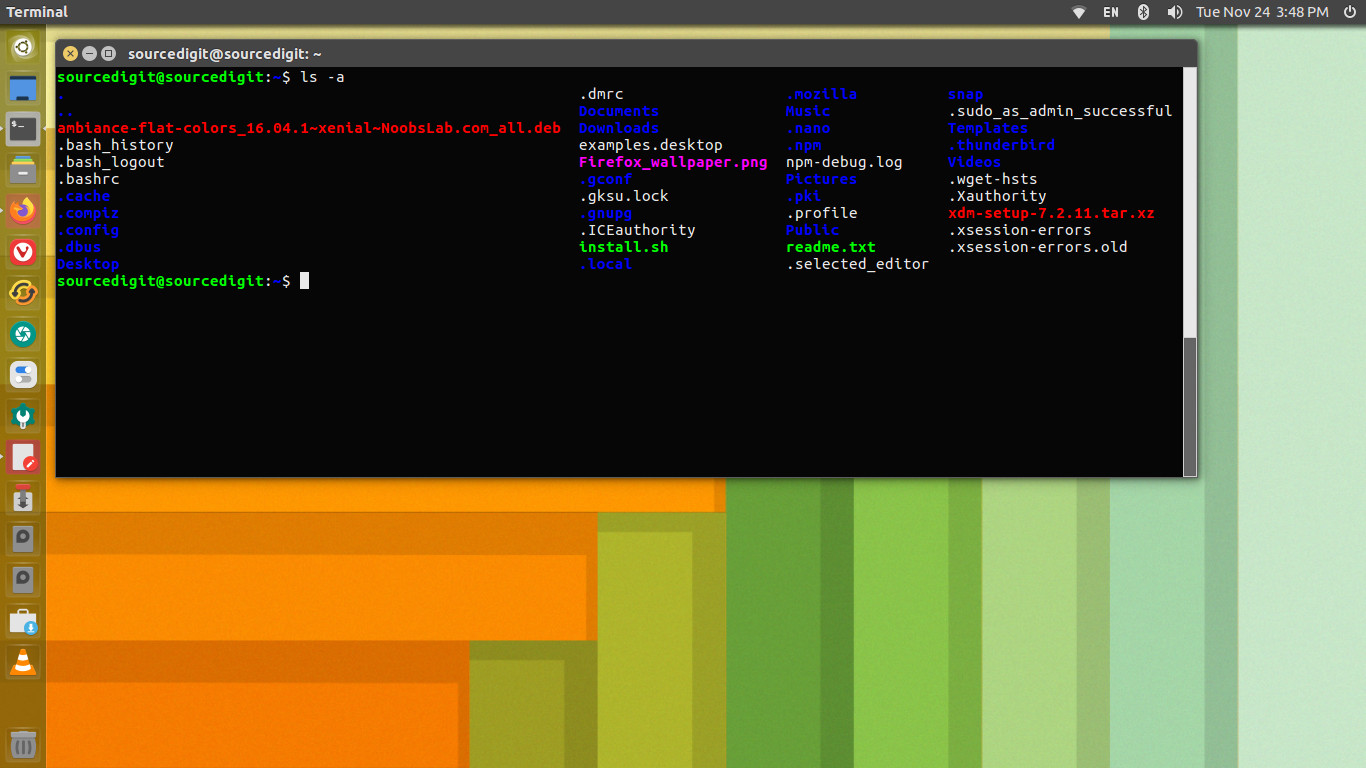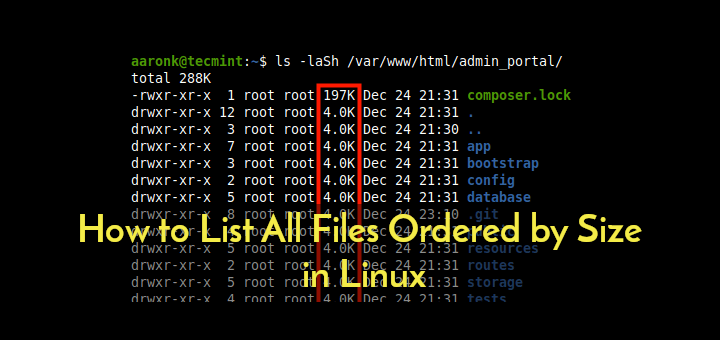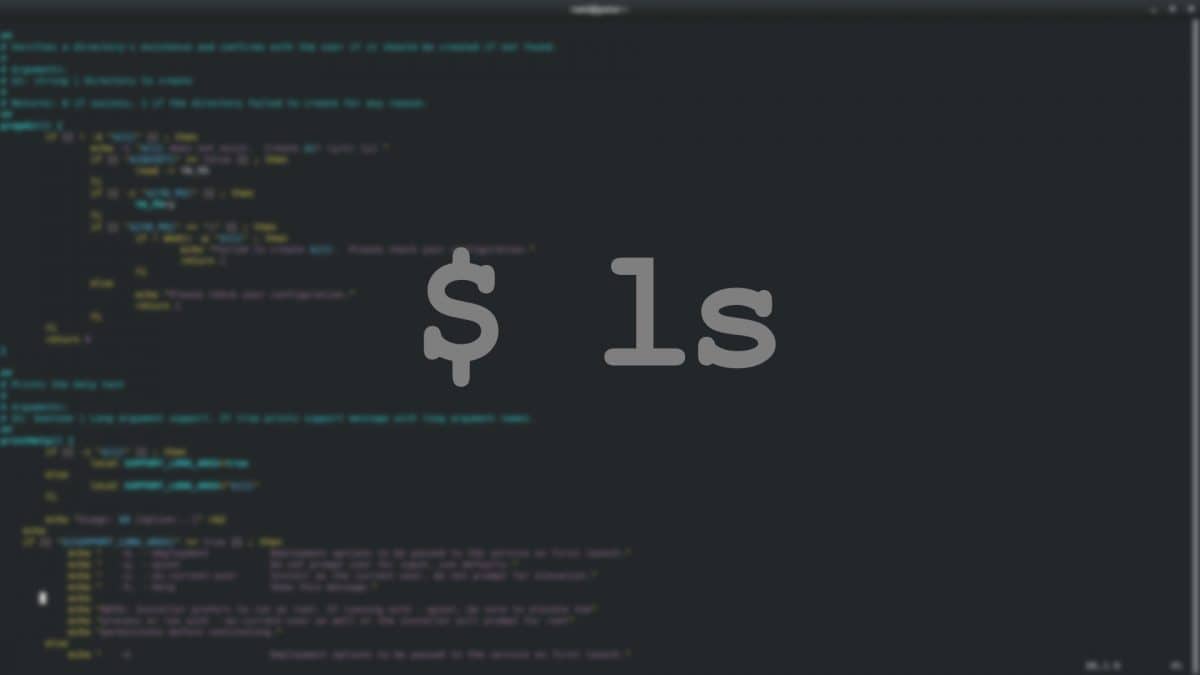

This can be expected to take some time, but it will begin almost. The ls command will start to list all files in the c:/temp folder. To display current directory contents, also we use the dir command. Run a docker container, mapping c:/temp on the host to /opt in the container as follows: docker run -it -v /c/temp:/opt ubuntu bash In the bash prompt of the container run cd /opt and then ls Expected Result.

The general syntax of the dir command $ dir.īrief description of options available in the dir command. The command is available in CLI (command line interface). And while there are other ways to do this, NGINX offered an easy, convenient way to do this albeit at the cost of some configuration. By default, the dir command lists the contents of a directory in a column and shorted vertically. I recently had to setup an NGINX server to serve a directory of files for processing via an AWS Lambda function.
UBUNTU LIST DIRECTORY CONTENTS WINDOWS
In the Windows operating system the dir command is also used to list the directory contents. rw-rw-r-1 vikash Vikash 34 Dec 26 19:38 file.txtĭrwxrwxr-x2vikash vikash 4096 Dec 26 19:47 snowĭir (directory) – the dir command is used to list contents of the directory but the output of the dir command is not colored like ls command. is a collection of tips and knowledge in tech and programming topics ranging from ASP. Right-click any folder in the path bar to open it in a new tab or window, or access its properties. Click a parent folder in the path bar to go to that folder. rw-rw-r-1 vikash Vikash 34 Dec 26 19:28 file.txt The path bar above the list of files and folders shows you which folder you’re viewing, including the parent folders of the current folder. Here, we will display the list contents of a directory in long listing format as well as the author of each file, date, and owner permission using -l option with the ls command in the Linux system.

To display the current directory content in the Linux/Unix system, we use the ls command as shown in below. On the Linux command line, just running ls by itself will result in listing the files contained in the current directory: ls config2.txt file3.txt list1.txt list2.txt list3.txt. List only directories, not their contentsĭisplay list by lines instead of by columns And today, we'll talk about how you can list all services in Ubuntu. Sr.No.ĭisplay author of each file with -l option You need to know what services are running on your system. The general syntax of the ls command is as follow − $ ls.īrief description of option available in the ls command. The ls command is also available in EFI (Extensible Firmware Interface) shell.

By default, the ls command displays the content of the current directory. Ls (list) – the ls command is used to list the directory contents in the Linux system. The only drawback using this method to list all services in Ubuntu is that we can not figure out the status of each service. The green color for each filename denotes an executable file. Listing the contents of the file using ls command. The ls command is used to list the contents of any directory in Linux. If you open the file manager at $HOME, then it will open in this folder.In the Linux operating system, there are two commands available to list the directory contents. In Ubuntu (and other linuxes), your ‘home’ folder (generally know as $HOME ) exists at the path /home//, and will, by default, contain a collection of folders, including one called Public.
UBUNTU LIST DIRECTORY CONTENTS INSTALL


 0 kommentar(er)
0 kommentar(er)
